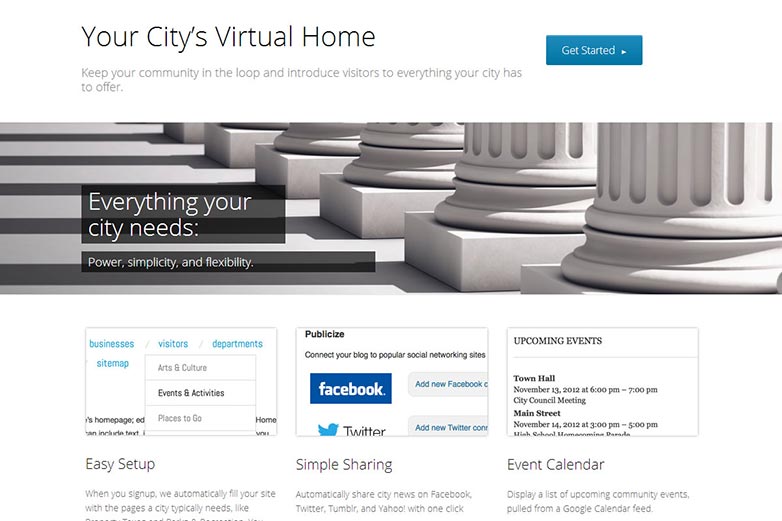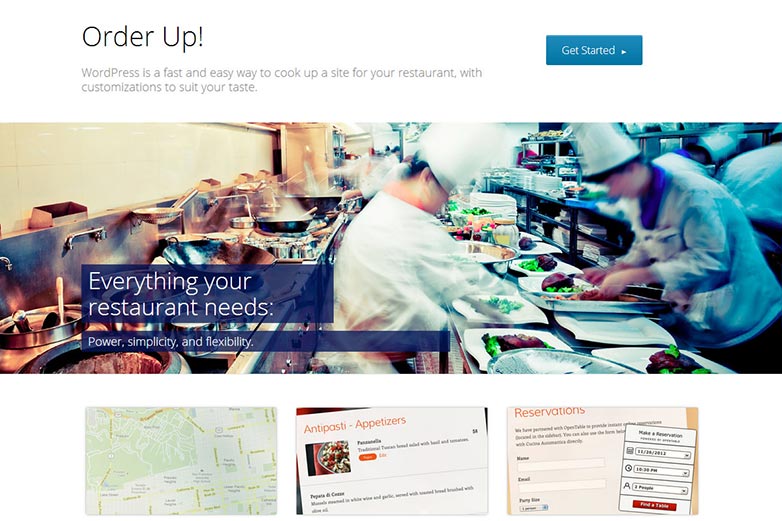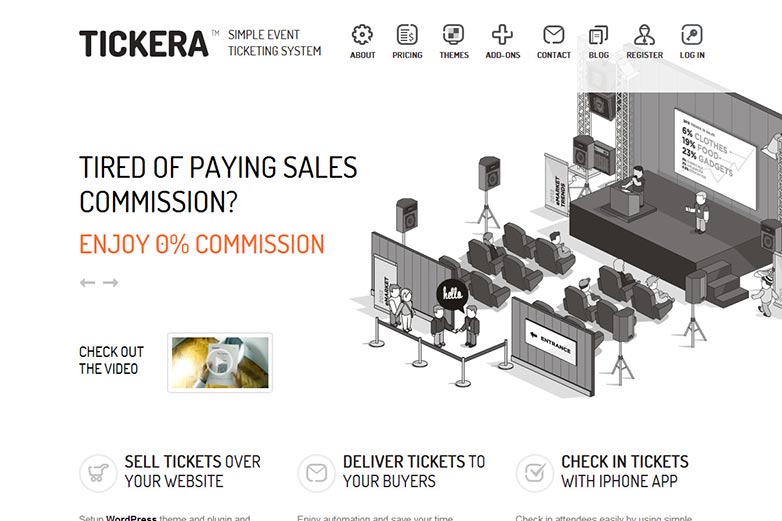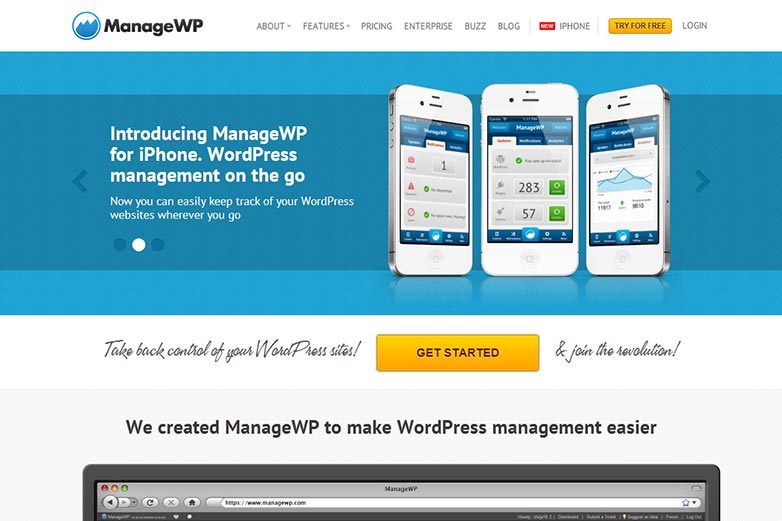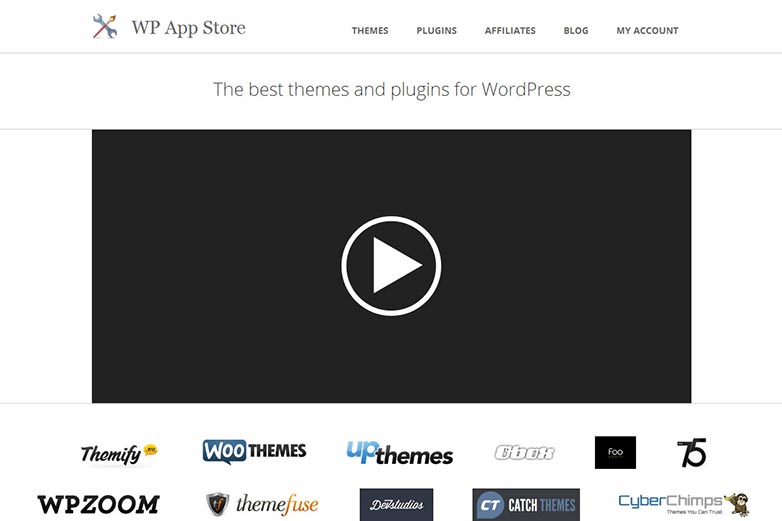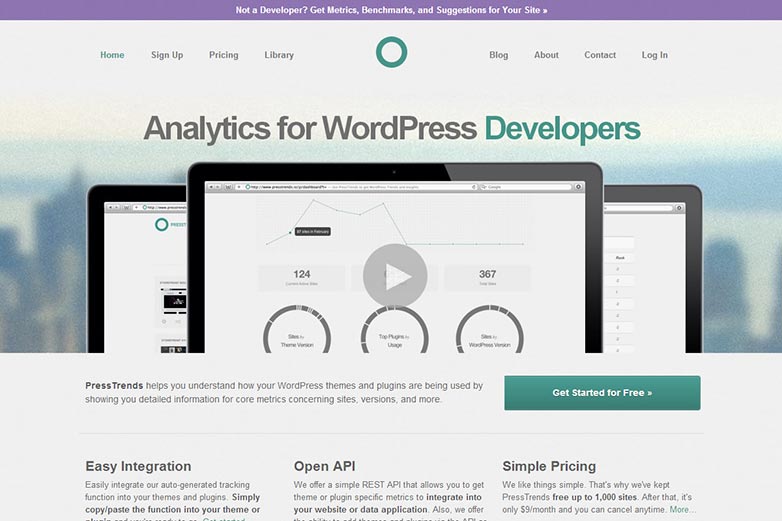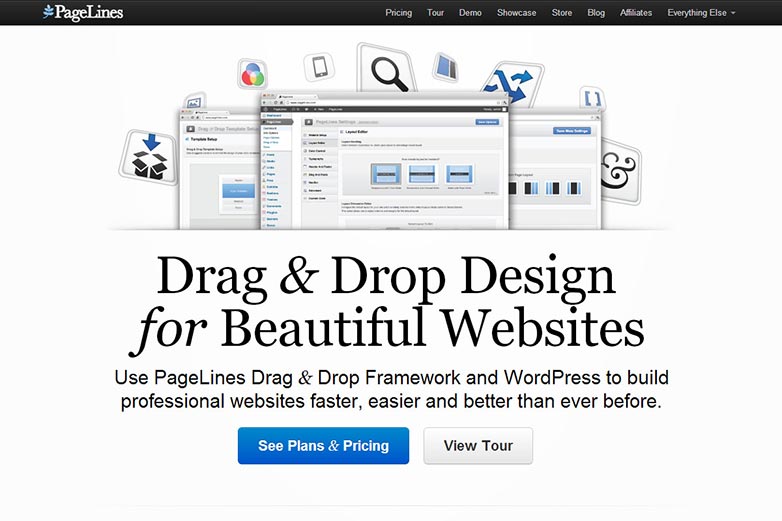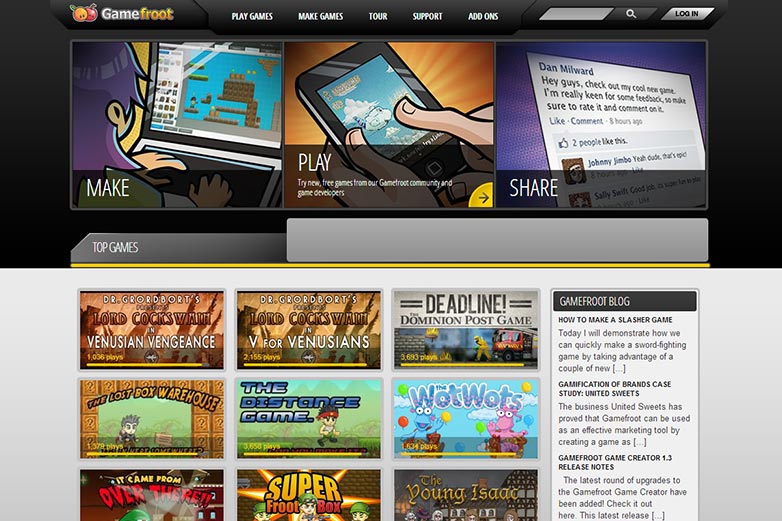
 WordPress has evolved hugely over the years from simple fork of blogging software to a powerful platform. According to a WordPress Survey, 66% of respondents use WordPress as a CMS, not just blogging software.
WordPress has evolved hugely over the years from simple fork of blogging software to a powerful platform. According to a WordPress Survey, 66% of respondents use WordPress as a CMS, not just blogging software.
The growth of WordPress adoption for various type of site has created a new market with its own landscape. Companies and individuals are creating new products and services that cannot be qualified as plain website building. It's something much more innovative.
At the beginning of this evolution we dealt with simple models of premium products like themes or plugins and services like web-design or consulting. But new players have come up with new approaches like marketplaces or appstores. Being a reciprocal process the market growth has had its impact on WordPress development, so that it has incorporated more developer-oriented tools. Finally, we often hear the term "platform" in reference to WordPress rather than anything else.
Today's review presents several examples of projects that push the boundaries of WordPress usage in this direction. They possess different business models and target different niches, but they all provide services and solutions for WordPress users (both publishers and developers) and at the same time represent the interesting and innovative examples of the "WordPress as business-platform" paradigm.
WordPress cities, music, weddings and more
There is hardly any company that knows more about turning WordPress into a platform than Automattic itself. The well-known wordpress.com service is one of the most popular blogging platforms. But recently Automattic has started another initiative that could change the competition landscape for so-called niche websites. Wordpress.com started to provide carefully organised "packages" that can be used to create specific types of site:
Cities — for city websites;
Weddings — for weddings websites;
Music — for music bands' websites;
Restaurants — for (you guessed it) restaurants.
Each package differs from a regular wordpress.com blog by a careful selection of features and a flexible upgrade policy for hosting.
It's noteworthy, that each service proclaims to be "site" (not a blog). So this movement finally confirms the status of WordPress as site-oriented CMS and powerful Saas-platform. At the same time it reinforces the competition in each niche and could possibly change the makeup of the WordPress market, if only Automattic proves to have enough management and marketing strength to develop these services further.
Photoshelter
Photoshelter is an another example of a niche websites platform. As you might guess from the name, it allows you to create and manage a portfolio and business site for photographers. It's a WordPress-based platform with a strong content management and delivery system that also serves as a selling tool for photographers. In particular, with PhotoShelter people can display photos online, attract new clients from search engines, and even sell downloads or prints. Using the carefully selected predefined package allows you to create sites more quickly and reduce development costs.
Tickera
Tickera is a WordPress based ticketing solution for event organisers of any type. It's an interesting combination of traditional WordPress-plugin software with an iPhone app. Such an approach is aimed at solving one of the most challenging task for event organisers — online ticket sales. Tickera actually has three components: the theme, the plugin and the iPhone app. The whole combination lets you sell tickets directly on the site, deliver them to buyer digitally and finally check-in at the event using an iPhone. All three parts are well-integrated and provide the owner with full ticket-related analytics.
Scribe
Scribe is content marketing software created by Copyblogger Media. Actually, it could be described as an automated writing assistant that allows you to incorporate content optimization tasks directly into publishing the workflow. The service has a general purpose version and a "Scribe for WordPress" solution, that brings the whole functionality directly into the WordPress dashboard. This functionality covers such aspects as topics and keyword research, content optimization both for search engines and social media audience research. On the whole, Scribe is a perfect example of how high-level expertise can lead to the creation of new web-products.
ManageWP
ManageWP is a service established by one of the best known members of WordPress community, Vladimir Prelovac. ManageWP is the WordPress management console that gives users the ability to manage several WordPress-powered websites from a single dashboard. In particular, ManageWP combines common administrative tasks, that normally need an external solution (like a plugin or third party-service) to perform: update, backup, uptime monitoring, security scan etc. The service fills the gap in WordPress administration practice when the same routine task has to be repeated for several websites, by clever use of the fact that all such sites share a similar codebase.
WP Appstore
WP Appstore is a project aiming to make plugin and theme purchases easy within the WordPress dashboard. Actually, it tries to bring the popular appstore idea to WordPress. To use the service one has to install the free plugin, which lets you browse and purchase products, available in the appstore, directly through the dashboard. WP Appstore quietly launched in May 2012 with products from seventeen vendors, some of well-known players among them like WooThemes, Press75, WPZoom etc. The launch of the service has not caused a revolution in the market (yet?), but it has a great potential. Especially, if the range of products and vendors continues to grow.
PressTrends
PressTrends is an WordPress analytics service. It exists in two variants: presstrends.me — for site-owners it offers the ability to get site-related analytics inside the WordPress dashboard; presstrends.io — for theme and plugin developers it offers a way to collect data about their products usage. Thus, for developers the "tracked" theme or plugin will report back a number of statistics about the site that it's running on. The site owner, by using the service for the particular site will be able to see the same data, but related to his/her installation accompanied with benchmarking information. The service has been born from actual developer need. The rise of themes and plugins market opens up the opportunity for such developer-oriented projects.
Pagelines
Pagelines describes itself as "A professional web design platform for WordPress". As a platform it offers the drag-and-drop theme framework and an extensions store. The framework can be installed as a WordPress theme and after that all design aspects of the site can be controlled and set up through Pagelines' GUI. Pagelines offers a set of items that can be allocated to any page (like navigation elements, tabs, buttons, sharebars etc.) and styled as needed. Extensions, available through the Pagelines store, offer out-of-box solutions for various scenarios like e-commerce or coming-soon pages. In the WordPress market there always are (and probably always will be) attempts to make website building available (or easy) for people with a lack of coding skills, and Pagelines is one of most promising solutions.
Gamefroot
Gamefroot is an HTML5 game creator built using Wordpress’ database management system. Despite the fact that Gamefroot is not actually a platform, it's included in our review as a representative of segment where WordPress is not so actively used: game development. We can easily imagine WordPress used for a game review site or a game oriented blog, but for a user-generated game-publishing site? But it's exactly what we have with Gamefroot. Users can create 8-bit style games using predefined sprite sheets, or by uploading their own graphics. They can manipulate qualities like health or damage, add animations, and even add background music. Gamefroot is very new and its potential isn't fully clear yet. However, it's an interesting and truly inspiring use for WordPress.
Ghost
The above examples demonstrate the power of WordPress and how far it has come. But at the same time there is another trend in the WordPress ecosystem that should be mentioned by way of a conclusion. WordPress just goes so far from plain blogging; so far, that bloggers are sometimes forced to look for another tool if they value simplicity over anything else. If you are self-publishing individual who is going to focus primary on the content WordPress may not be your tool of choice any more; with all its flexibility as a developer toolbox it becomes too "heavy" for such a straightforward task. That is why there are several new initiatives in the WordPress community addressing this issue. A notable one is the Ghost project by John O'Nolan.
Ghost is a WordPress-light fork that is designed for simple blogging. As stated in Ghost's manifesto: "It has one purpose and only one purpose: enable digital publishing for the masses". The new system is going to provide a new and simplified writing experience, an optimized set of features and makes the codebase lightweight and easy to manage all whilst preserving the well-known WordPress approach and architecture. The project is only at the concept stage right now, and it may never be developed or morph unexpectedly during the process, but wheels are in motion. We will probably see more of such initiatives in the future as an attempt to streamline the blogging experience for those who find the current state of WordPress a bit overwhelming.
Do you use any of these WordPress-based products? Do you use one we haven't covered? Let us know in the comments.

